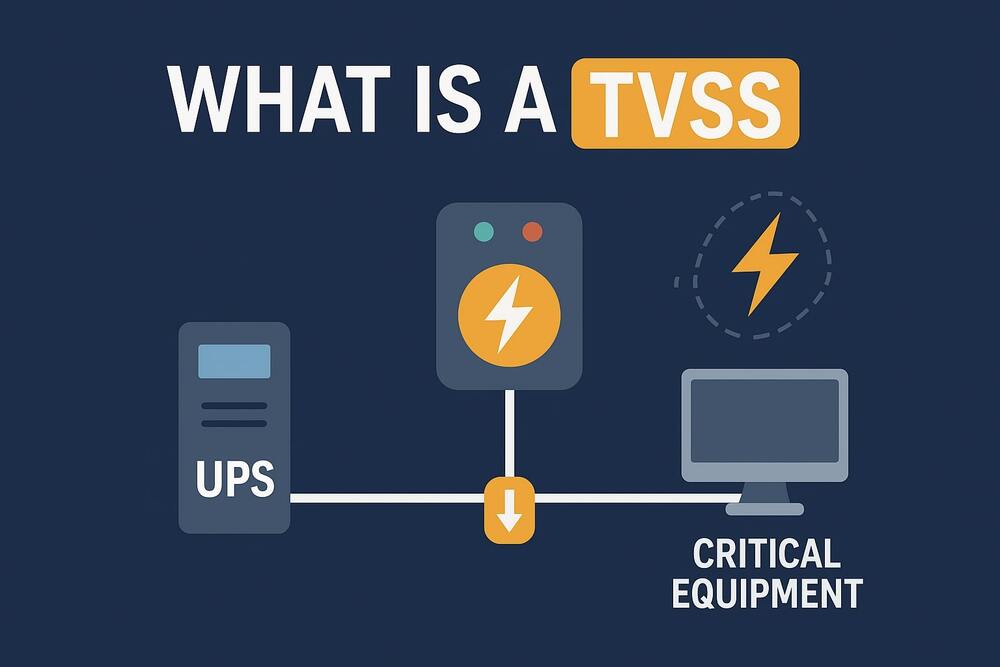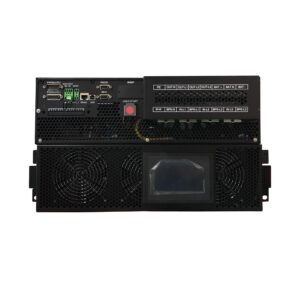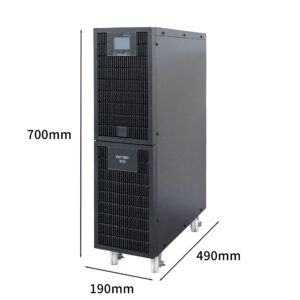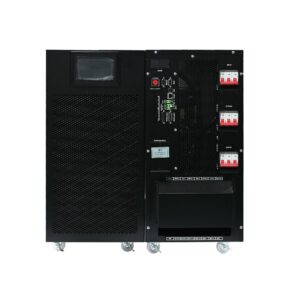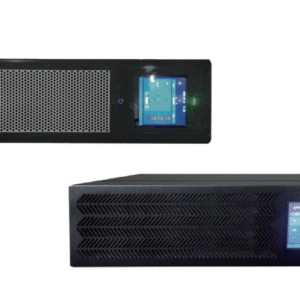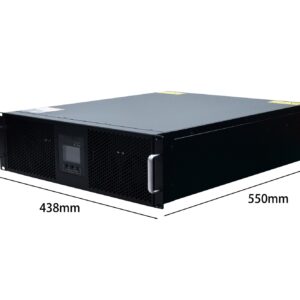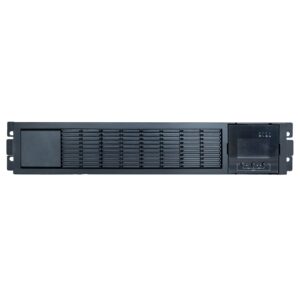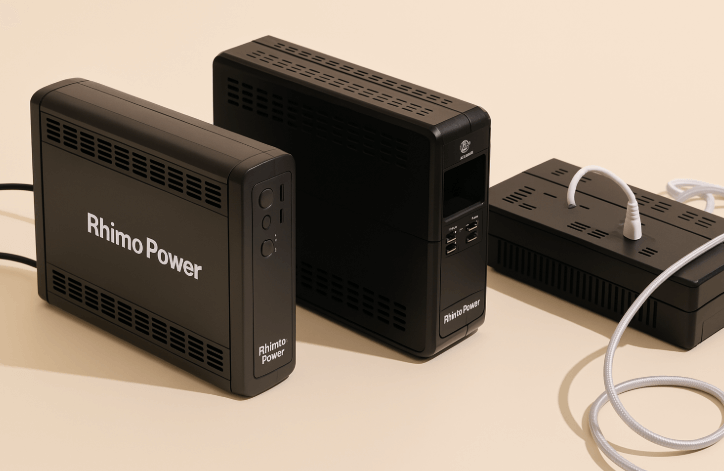소개
중요 전력 시스템에서 지속적이고 안정적인 전력 공급을 보장하는 것은 단순히 백업을 위한 것이 아니라 이상 발생으로부터 보호하는 것도 포함합니다. UPS(무정전 전원 공급 장치)는 정전을 방지하지만, 그 자체로는 모든 전력 장애를 방어하기에 충분하지 않습니다. 바로 이 부분에서 TVSS—과도 전압 서지 억제기가 들어옵니다.
이 기사에서는 TVSS가 무엇인지, 어떻게 작동하는지, 효과적인 TVSS를 위해 왜 중요한지 설명합니다. UPS 전원 보호.
1. TVSS란 무엇인가요?
에이 TVSS (또한 ~로 알려짐 서지 보호 장치 또는 SPD)는 전기 시스템 및 연결된 장비를 보호하도록 설계되었습니다. 과도 전압 서지—번개, 스위칭 동작 또는 전력망의 오류로 인해 발생하는 짧지만 높은 에너지의 전압 스파이크입니다.
서지가 발생하면 TVSS는 안전 밸브처럼 작동하여 전압을 제한하고 과도한 에너지를 안전하게 접지로 전환하여 하류 장비를 보호합니다.
TVSS 대 UPS
UPS는 전력 연속성을 보장하지만, 큰 서지나 낙뢰로 인한 스파이크를 흡수하도록 설계되지 않았습니다. TVSS 장치는 이러한 전압 스파이크가 민감한 회로에 도달하는 것을 방지하여 UPS 시스템을 보완합니다.
TVSS 대 SPD
현대 표준 등 UL 1449 SPD(서지 보호 장치)라는 용어를 사용합니다. TVSS라는 용어는 이전 용어로 동일한 개념을 지칭합니다.
2. TVSS는 어떻게 작동하나요?
- 정상 전압에서는 TVSS가 비활성화 상태를 유지합니다.
- 전압이 임계값을 초과하면 전도 모드로 전환됩니다.
- 과도한 에너지는 접지로 전환되어 전압이 안전한 한계 내로 유지됩니다.
- 서지가 가라앉으면 TVSS가 재설정됩니다.
고품질 TVSS 기능 빠른 응답 시간, 낮은 통과 전압, 그리고 높은 서지 처리 용량.
3. UPS 시스템에 TVSS가 필요한 이유는 무엇입니까?
가장 진보된 UPS 시스템조차도 모든 과도 전압 서지를 제거할 수는 없습니다. UPS용 TVSS 전반적인 보호와 장비의 신뢰성을 향상시킵니다.
- 진입 지점 보호: 외부 서지로부터 UPS 입력을 보호합니다.
- 바이패스 피드 보호: 모든 UPS 경로에 서지 현상이 발생하지 않도록 보장합니다.
- 하류 안전: 서버 및 PLC와 같은 민감한 장비를 보호합니다.
- 장수: UPS 구성 요소와 배터리에 가해지는 스트레스를 줄여줍니다.
- 가동 중지 시간 단축: 시스템 고장과 값비싼 수리를 방지합니다.
4. TVSS/SPD의 종류 및 분류
| 유형/클래스 | 일반적인 위치 | 목적/응용 |
|---|---|---|
| 1형 / 1등급 | 서비스 입구의 라인 측 | 낙뢰 사고에 대한 1차 보호 |
| 2형 / 2등급 | 서비스 또는 하위 패널의 부하 측 | 일반 분배 수준 보호 |
| 3형 / 3등급 | 보호 장비 근처(사용 지점) | 민감한 전자제품에 대한 지역 보호 |
| 4형 | 산업, 기계 내부 | 제어 회로 및 드라이브를 보호합니다. |
최상의 결과를 얻으려면 다음을 사용하세요. 다단계 서지 보호 전략—서비스 입구에 Type 1을 설치하고, 패널에 Type 2를 설치하고, 장비 근처에 Type 3을 설치합니다.
5. UPS + TVSS 통합을 위한 모범 사례
- TVSS 정격을 시스템의 전압 및 전류 요구 사항에 맞게 조정하세요.
- 낮은 통과 전압과 빠른 응답 장치를 선택하세요.
- 최대의 보호를 위해 적절한 접지와 접합을 확보하세요.
- 모든 UPS 입력, 출력 및 바이패스 라인에 서지 보호 기능을 사용하세요.
- 정기적으로 검사 및 유지관리를 실시하세요.
- 준수하다 UL 1449, IEC 61643, 그리고 IEEE 표준.
에이 TVSS 서지 보호기는 모든 UPS 전원 시스템에 필수적인 장비입니다. UPS는 정전 시에도 지속적인 전력 공급을 보장하는 반면, TVSS는 인프라를 손상시키거나 성능을 저하시킬 수 있는 일시적인 서지로부터 시스템을 보호합니다.
두 가지를 통합하면 계층적이고 탄력적인 접근 방식을 얻을 수 있습니다. 전력 품질 및 장비 보호전체 전기 시스템의 수명과 안정성을 연장합니다.

